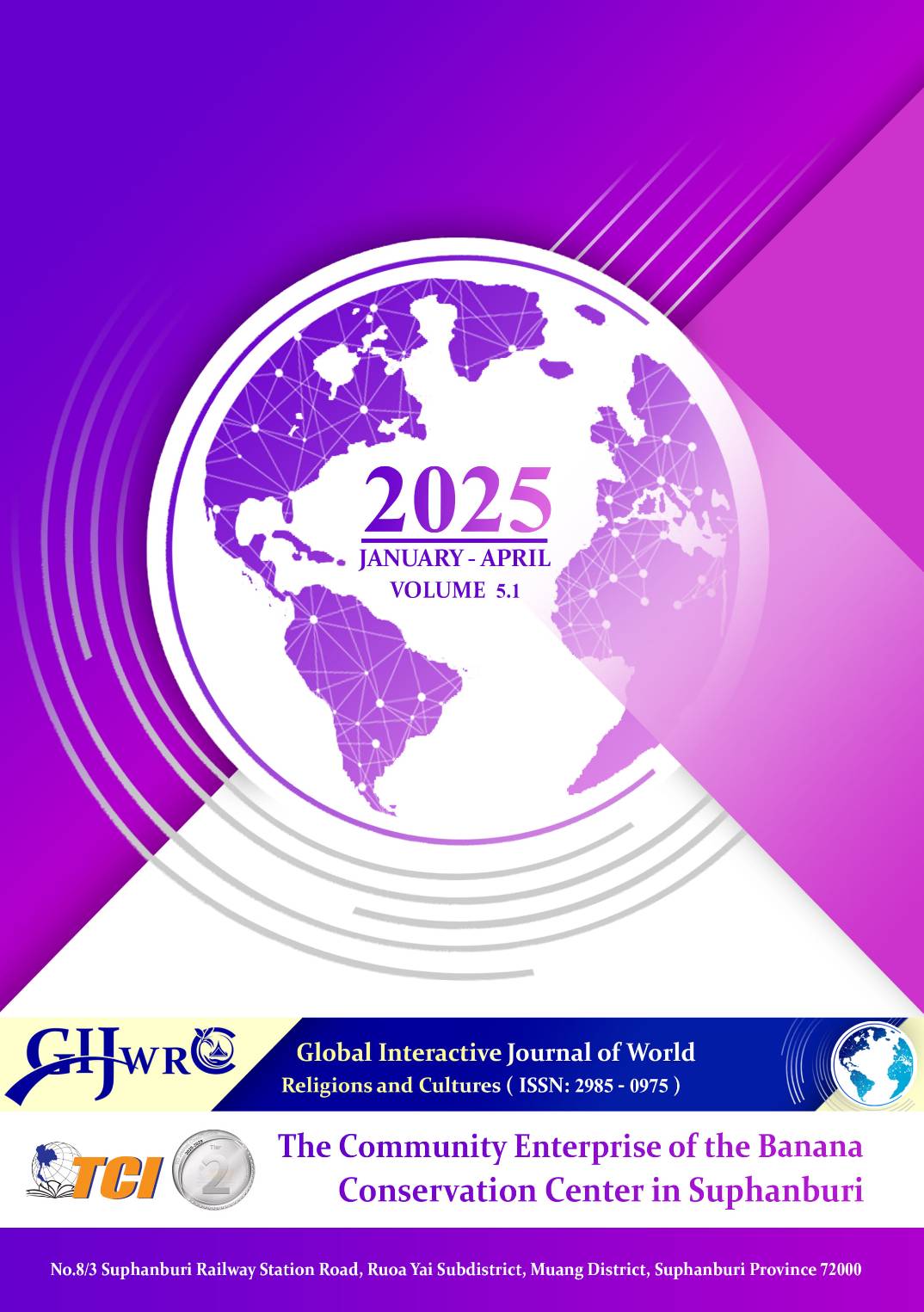A STUDY OF THE TAO TE CHING TRANSLATION FROM A CULTURAL SEMIOTIC PERSPECTIVE
Main Article Content
Abstract
The Tao Te Ching, a foundational text in Chinese philosophy, has undergone numerous English translations, each shaped by cultural and ideological influences. These translations reflect shifts in interpretation, from early Christianized versions to modern scholarly approaches. Cultural semiotics provides a framework for understanding how meanings are constructed and adapted across linguistic and cultural boundaries. Objective: This study examines the evolution of Tao Te Ching translations through the lens of cultural semiotics, analyzing how translators balance cultural specificity and universality. It categorizes translation history into four major phases: Christianization, adaptation and reinterpretation, textual research (influenced by the Mawangdui manuscripts), and modern diversified approaches. The research focuses on the transformation of imagery, symbolism, and stylistic elements in translation. Methodology: A qualitative research approach is employed, integrating literature review and textual analysis. The literature review traces the history of Tao Te Ching translations, cultural exchanges between China and the West, and key theories in cultural semiotics. Textual analysis examines selected chapters, applying symbolic domain theory to explore shifts in meaning and representation across translations. Findings reveal that translation choices are influenced by dominant cultural and philosophical discourses of their time. Early translations were shaped by religious perspectives, while later versions incorporated literary and philosophical frameworks. The study highlights how cultural semiotics explains the adaptation of linguistic and symbolic elements, offering insights into translation strategies and cross-cultural communication.
Article Details
References
Goldin, P. R. (2002). Those who don’t know speak: Translations of the Daode Jing by people who do not know Chinese. Asian Philosophy, 3, p. 183.
Hu, F., & Jia, W. (2010). Foreign language translation: Rewriting under the manipulation of ideology. Shanghai Translation, (1), pp. 23–28.
Kang, C. (2006). Culture and its survival and development space: A study of Lotman’s cultural semiotics theory. Nanjing: Hohai University Press.
Kohn, L., & LaFargue, M. (1998). Lao-tzu and the Tao-te-ching. New York: State University of New York Press.
Lau, D. C. (2001). Tao Te Ching. Beijing: Chinese University Press.
Legge, J. (1962). According to the texts of Taoism. New York: Dover.
Li, S. (2002). An overview of the development of Lotman’s cultural semiotics thought. Journal of PLA University of Foreign Languages, (2), pp. 38–42.
Li, Zh. T. (2018). Chinese pedagogy going to the world: Goals, challenges, and prospects. Educational Study, 9.
Zhao, R. (2006). Lotman and his theory of cultural semiotics. Foreign Social Sciences, (1), pp. 22–26.


